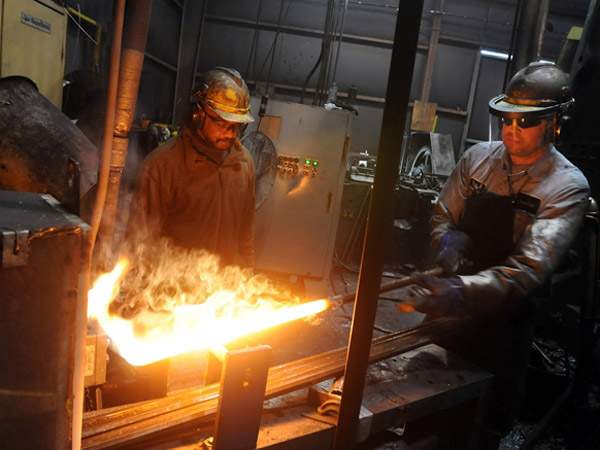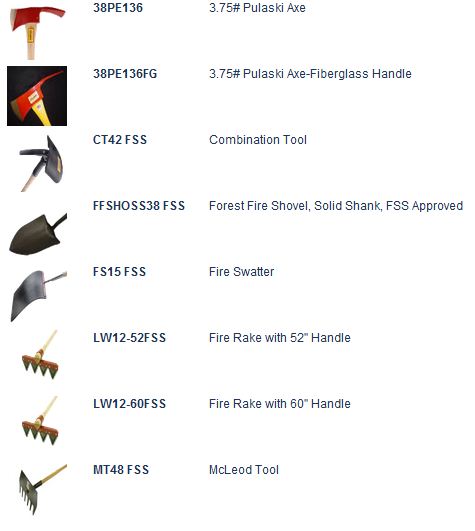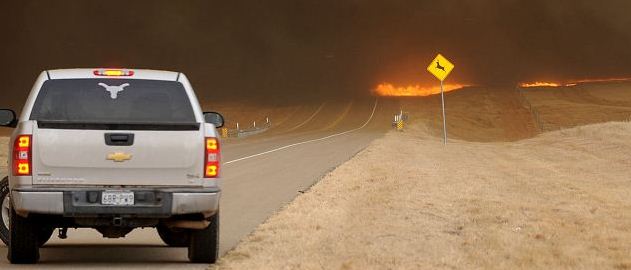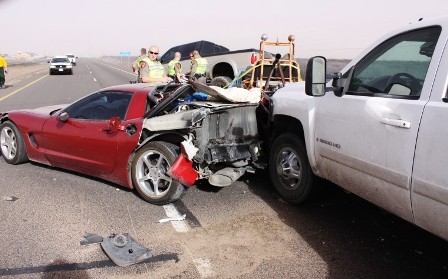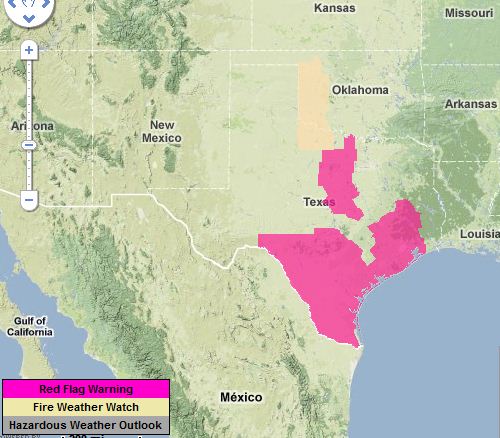
As we are writing this article, FloridaToday.com is hosting a live online interactive chat about the Ironhorse fire in Brevard and Volusia Counties in Florida. The fire has burned more than 16,000 acres and is 25 percent controlled.
The chat is hosted by Lee Nessel, a writer for FloridaToday.com, who probably is serving as the moderator. They are using the same CoverItLive system that we have used on Wildfire Today for live chats (we call them “live discussions”). The way it works is, anyone can submit a comment or question, and the moderator approves or rejects each one. In this case the general public is asking questions about the fire and Nessel is answering them while also providing breaking news about the fire.
Here is an example of some of the discussion.

The questions include: what roads are closed, are there any fires in a specific location, what is the condition of the injured firefighter, did the morning rain slow down the fire, why did the fire grow to 16,000 acres so quickly, why is the fire named “Ironhorse”, etc.
The live chat system is also automatically pulling in and posting messages from the Brevard County Emergency Operations Center Twitter account.
This live chat about a developing emergency is ground breaking as far as we know, and could have tremendous potential. Maybe it has been done elsewhere, but we commend FloridaToday for providing the service. It appears to be an effective way to distribute real time information about a developing emergency to the public.
It is interesting that a journalist is providing all of this information. In a perfect world, an Information Officer from the responsible fire jurisdiction could host a chat like this, but it would take their near-full time attention for the duration of the chat.
This chat session began at 1:36 p.m. ET is and still going as we write this at 10:09 p.m. ET. However, the live chats could be scheduled and run for, say, two hours at a time, three times a day, for example — or more frequently if a fire was moving quickly and threatening communities — as the Iron Horse fire was doing yesterday and today.




